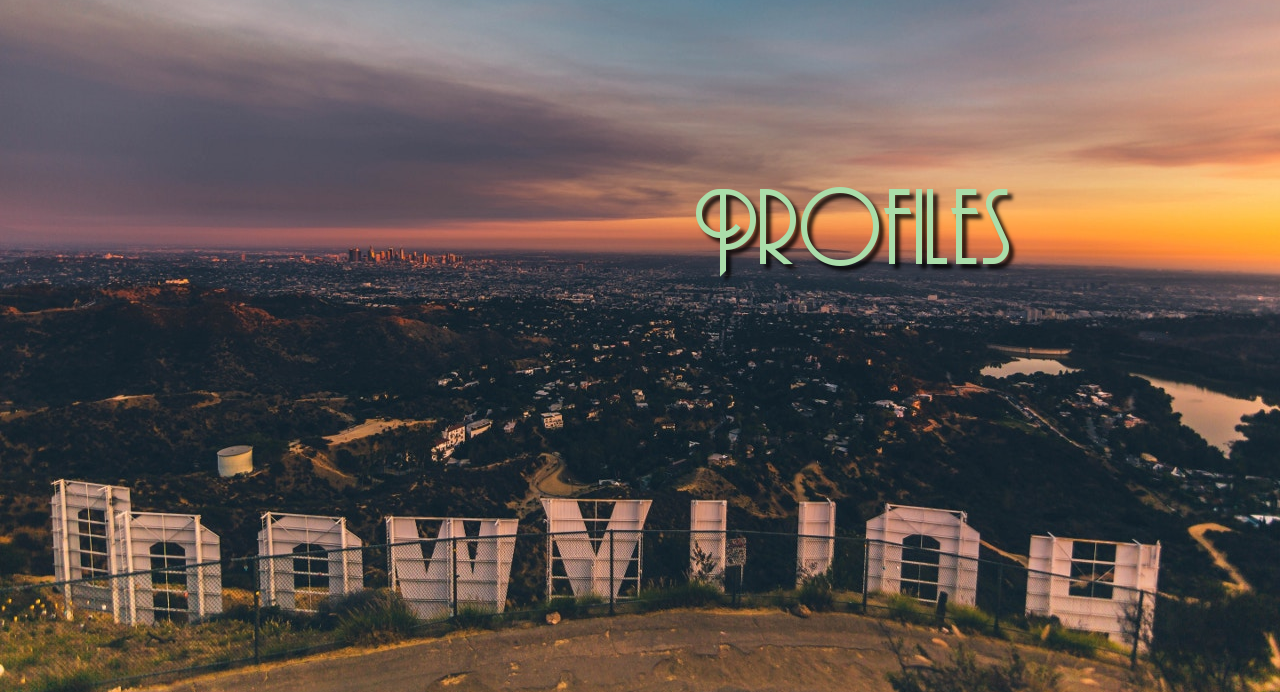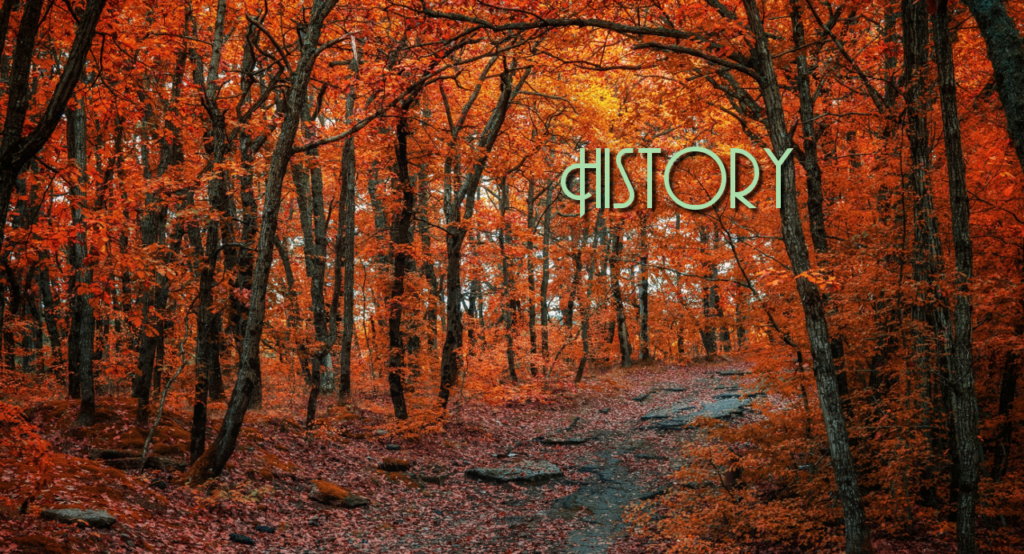 Born February 6, 1904 in New York, New York, Sam Leavitt began his career as a camera operator in 1926 and eventually became an occasional cinematographer in 1932. He became a member of the American Society of Cinematographers in 1935. He did not become a full-time cinematographer until 1952.
Born February 6, 1904 in New York, New York, Sam Leavitt began his career as a camera operator in 1926 and eventually became an occasional cinematographer in 1932. He became a member of the American Society of Cinematographers in 1935. He did not become a full-time cinematographer until 1952.
Among the films on which Leavitt was a camera operator were The Human Comedy, The Picture of Dorian Gray, Anchors Aweigh, The Pirate, Easter Parade, In the Good Old Summertime, and Rancho Notorious. He had his first foray into TV with a 1952 episode of I Love Lucy.
Leavitt’s first credited film as a full-fledged cinematographer was 1952’s The Thief. That same year he was the cinematographer on three episodes of TV’s I Married Joan. His first important film as cinematographer was 1954’s A Star Is Born, quickly followed by the same year’s Carmen Jones.
Leavitt followed his initial late bloomer success as a full-time cinematographer with such prestige projects as 1955’s The Man with the Golden Arm and The Court-Marital of Billy Mitchell, 1956’s The Bold and the Brave, and 1957’s Time Limit. He was director of photography for twelve episodes of The Frank Sinatra Show from 1957-1958.
With 1958’s The Defiant Ones, Leavitt received his first Oscar nomination and his only win. It was quickly followed by four major 1959 films, Pork Chop Hill, Anatomy of a Murder, for which he received his second Oscar nomination, The Crimson Kimono, and Five Gates to Hell. In 1960, he was director of photography on Seven Thieves and Exodus for which he received his third consecutive Oscar nomination.
Leavitt was director of photography on three major 1962 films, Cape Fear, Advise & Consent, and Diamond Head. By 1963 his output had slowed down considerably, but he could still be found making such highly regarded films as 1964’s Shock Treatment and 1965’s Major Dundee.
From 1966 on, Leavitt worked mostly on TV but still managed to work as director of photography on such films as that year’s An American Dream, 1967’s Guess Who’s Coming to Dinner, and Where Angels Go Trouble Follows! . His next theatrical film was 1970’s The Grasshopper. His last was 1975’s The Man in the Glass Booth.
Leavitt’s last assignment was a 1980 episode of TV’s The New Odd Couple. He died at the Motion Picture Home in Woodland Hills, California of a stroke on March 21, 1984. He was 80.
ESSENTIAL FILMS
A STAR IS BORN (1954), directed by George Cukor
Nominated for 6 Oscars, but oddly Leavitt’s cinematography wasn’t one of them even though this was arguably the most beautifully photographed of the four versions of this classic Hollywood tale of a woman who rises to the top her profession while her once more famous husband declines in popularity. The 1937 version had won an honorary Oscar for its cinematography before it became a recognized category. The 1976 and 2018 versions were later nominated for their cinematography. It did, however, make the heretofore taken for granted Leavitt one of the most sought-after cinematographers of the day.
THE DEFIANT ONES (1958), directed by Stanley Kramer
Leavitt received awards recognition at last for his superb black-and-white cinematography of this Best Picture nominee. He received one of the film’s 9 Oscar nominations and one of its two wins, the other being for Best Original Screenplay. Historically notable for being the first film to feature a Black actor (Sidney Poitier) nominated for Best Actor, four of its nominations were for its performances, those of Poitier and Tony Curtis as escaped convicts, Theodore Bikel as the compassionate sheriff on their trail, and Cara Williams as a woman who helps them. It also brough Kramer his first Oscar nod for direction.
ANATOMY OF A MURDER (1959), directed by Otto Preminger
Nominated for 7 Oscars including Best Cinematography, this courtroom drama based on a sensational best-selling novel went away emptyhanded but has remained in the public consciousness ever since. James Stewart, in his fifth and last Oscar nominated performance, had one of his best roles as a small-town defense lawyer hoodwinked by his client (Ben Gazzara) on trial for murdering a man accused of raping his wife (Lee Remick). The exceptional supporting cast included Oscar nominees George C. Scott and Arthur O’Connell, as well as Lee Remick and Army vs. McCarthy lawyer Joseph N. Welch as the judge.
THE CRIMSON KIMONO (1959), directed by Samuel Fuller
This exceptional murder mystery/crime drama received no Oscar nominations, but it did receive a Golden Globe award for Most Promising Newcomer for James Shigeta. Shigeta played a Japanese-American detective who, along with his Caucasian partner Glenn Corbett, is tasked with solving the murder of a stripper in the Japanese quarter of Los Angeles. Both fall in love with a key witness in the case, played by the alluring Australian actress, Victoria Shaw. Shigeta went on to become the most recognizable East Asian actor of the next few years in such films as Bridge to the Sun and Flower Drum Song.
ADVISE & CONSENT (1962), directed by Otto Preminger
Based on one of the biggest best-selling novels of the day, this very American expose of the machinations of the U.S. Congress was ignored by Oscar but British born actor Charles Laughton was ironically posthumously nominated for a BAFTA for Best Foreign Actor for his portrayal of a U.S. senator. Filmed in part in the U.S. Capitol, it was also the first commercial Hollywood film to be filmed in a gay bar. The once in a lifetime cast also included Henry Fonda, Don Murray, Walter Pidgeon, Franchot Tone, Lew Ayres, Burgess Meredith, then President Kenney’s brother-in-law Peter Lawford, and JFK’ s one-time fiancé, Gene Tierney.
SAM LEAVITT AND OSCAR
- The Defiant Ones (1958) – Oscar – Best Cinematography, Black-and-White
- Anatomy of a Murder (1959) –Nominated – Best Cinematography, Black-and-White
- Exodus (1960) –Nominated – Best Cinematography, Color













